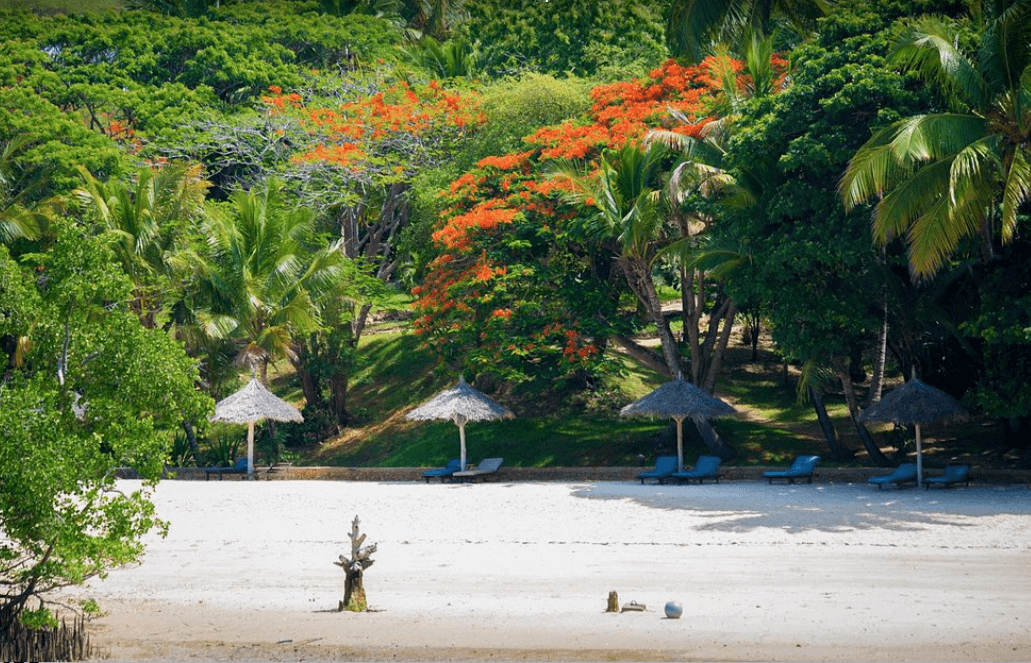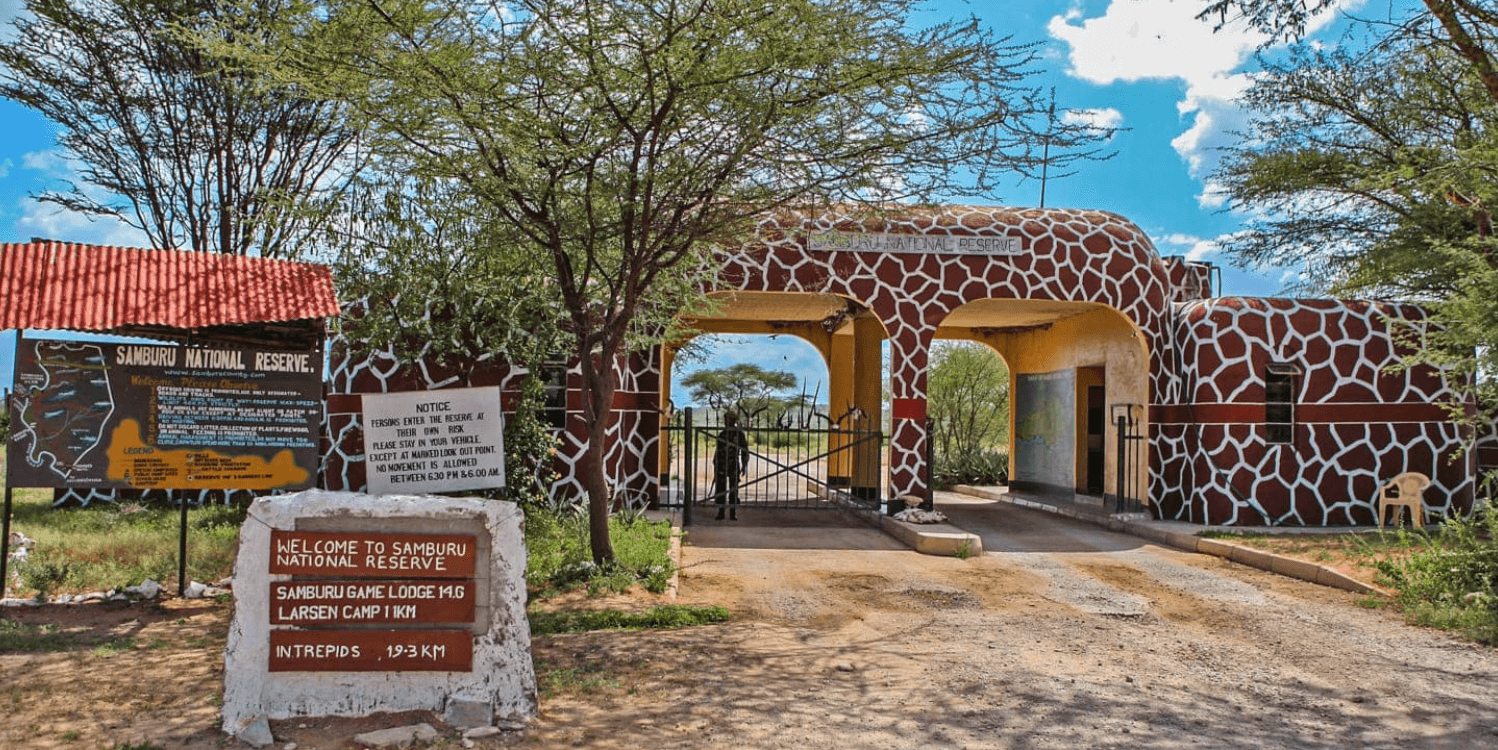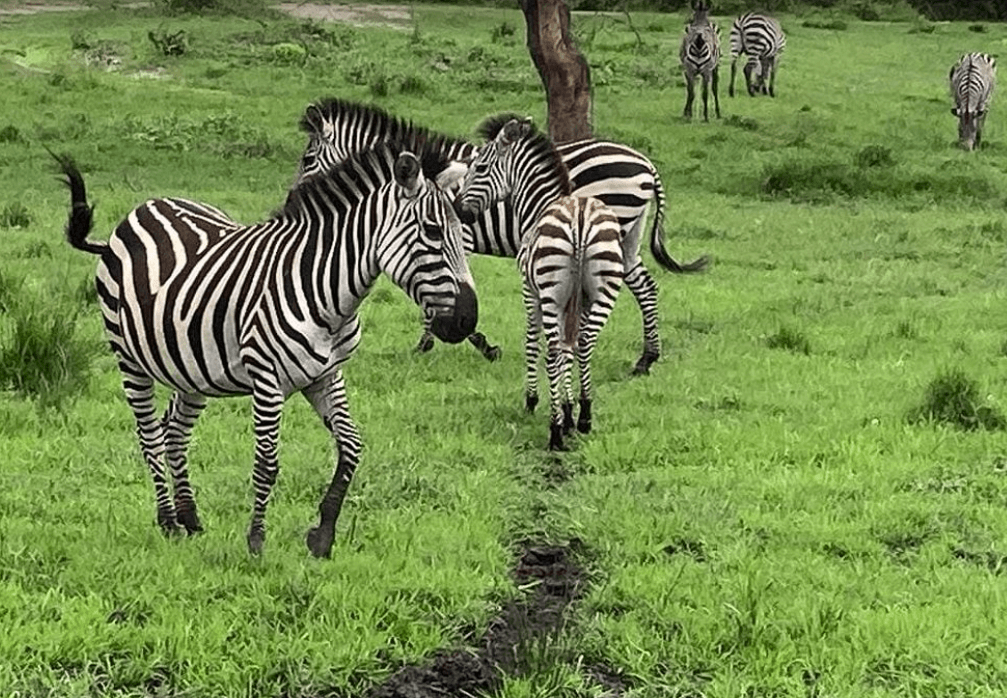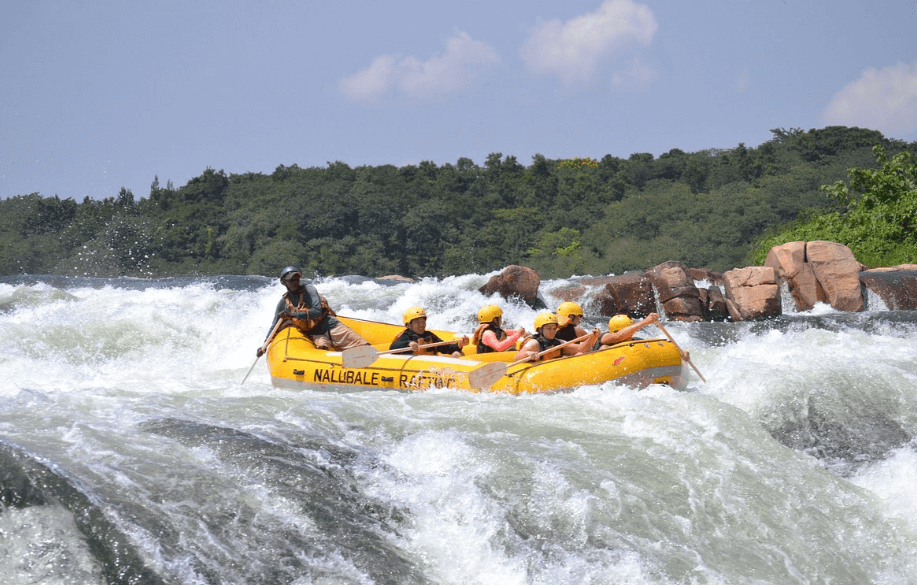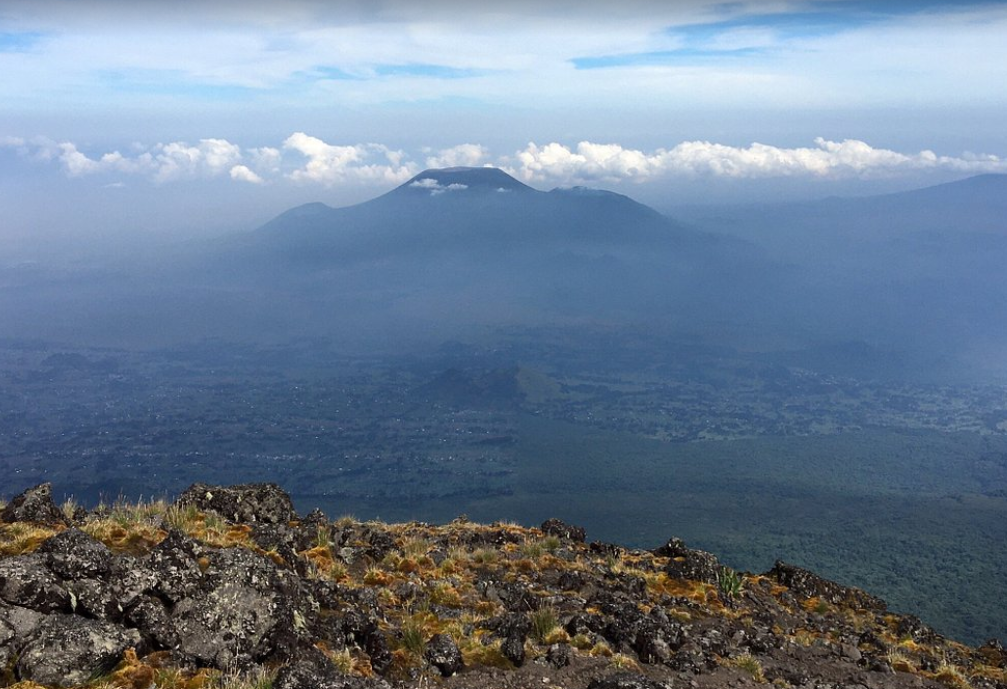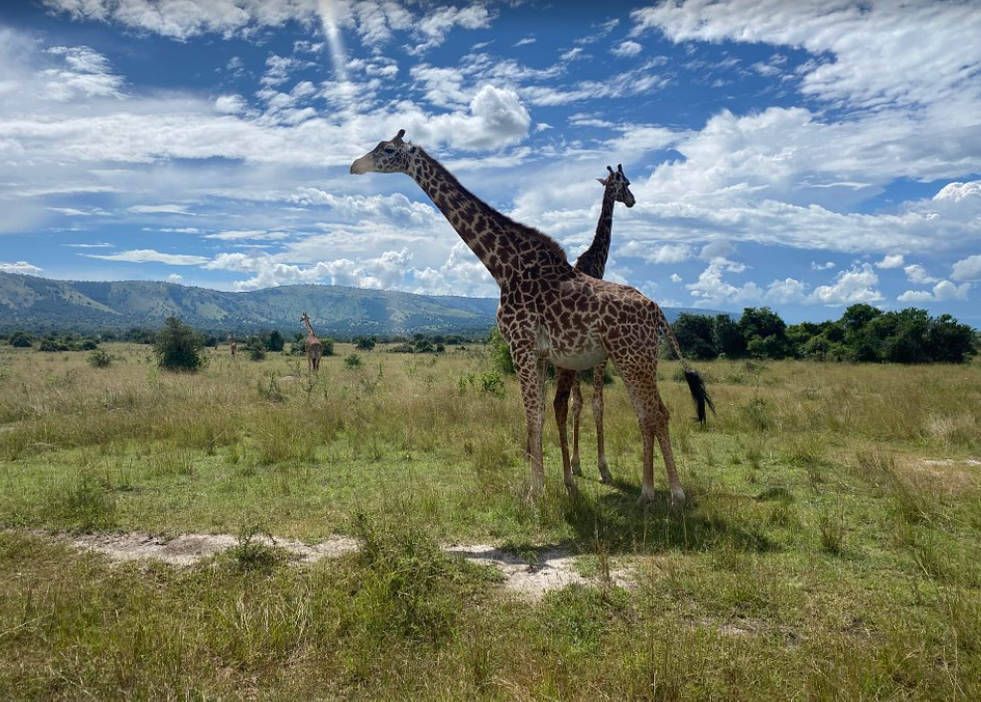Explore Tshibati Waterfalls, Congo: A Hidden Gem in Africa
Visit Tshibati Waterfalls in Congo; tucked away in the heart of Central Africa lies a natural wonder many have never heard of—Tshibati Waterfalls. Found in the Democratic Republic of Congo (DRC), these cascading falls are a perfect escape for nature lovers, adventure seekers, and anyone craving serenity.
Where Is Tshibati Waterfall Located?
Tshibati Waterfalls are located in the Kasai region, more specifically in the city of Kananga in the Democratic Republic of Congo. The falls are nestled within a forested area that offers a mix of rocky terrain, lush vegetation, and flowing freshwater streams.
Coordinates and Nearby Landmarks
-
Coordinates: 5°53′S 22°25′E
-
Nearest city: Kananga
-
Nearby attractions: Lulua River, Bunkonde village, and Tshikapa town
This region lies in south-central DRC and is mostly accessible by land. The road infrastructure may be rugged, but the reward at the end is unforgettable.
How to Get to Tshibati Waterfalls
Getting to Tshibati Waterfalls can be part of the adventure. Due to the remote location, a bit of planning is necessary.
Step 1: Fly into DRC
Most international travelers arrive in the DRC via the N’djili International Airport in Kinshasa, the capital city. From there, several domestic flights head to Kananga Airport, which is the closest airport to the waterfalls.
Step 2: Travel by Road
From Kananga, Tshibati is roughly 45 kilometers southeast. You can:
-
Hire a local 4×4 vehicle
-
Join a guided eco-tour
-
Use local motorbike taxis (if you’re feeling adventurous)
The journey may take 1.5 to 2 hours depending on road conditions, especially during the rainy season.
What to Do at Tshibati Waterfall
1. Marvel at the Waterfalls
The main attraction, of course, is the multi-tiered waterfall itself. Water tumbles over layered rock, creating natural pools and a mesmerizing visual effect.
-
The sound of rushing water is therapeutic.
-
The air is fresh and cool.
-
Mist rises as the water hits the rocks.
Bring your camera—sunlight hits the falls just right in the early morning, making it perfect for photography.
2. Go Swimming
Take a dip in the natural pools formed at the base of the falls. The water is clean and cool, especially refreshing on a hot afternoon.
Note: Always check with a local guide for safety before swimming. Currents can be strong after rain.
3. Hike the Surrounding Trails
The area around Tshibati is full of walking paths and wildlife-rich forest. You can:
-
Spot tropical birds
-
Explore unique rock formations
-
Enjoy panoramic views from higher ground
The terrain ranges from gentle slopes to steep rocks, so wear sturdy shoes.
4. Picnic in Nature
Pack a picnic and enjoy a meal with a view. There are several flat, shaded spots around the falls that are perfect for lunch breaks.
5. Meet the Locals
Villages nearby are known for their hospitality. Spend some time learning about local culture, traditional foods, and crafts.
Some visitors even arrange to stay a night in a local village for an authentic experience.
Where to Stay Near Tshibati Waterfalls
Accommodation around Tshibati is basic but comfortable. The closest options are in Kananga.
Recommended Lodging Options
1. Hotel Horizon Kananga
-
Location: 10 minutes from Kananga Airport
-
Features: Restaurant, air-conditioned rooms, Wi-Fi
-
Best for: Travelers who want modern comforts
2. Auberge Tshibashi
-
Location: Near Kananga city center
-
Features: Budget-friendly, clean, welcoming staff
-
Best for: Backpackers or eco-travelers
3. Community Homestays
-
Organized through local NGOs or tour guides
-
Experience: Authentic village life
-
Best for: Cultural immersion
Make reservations in advance if possible. Options are limited, especially during local festivals or holidays.
Best Time to Visit Tshibati Waterfalls
Dry Season: June to September
This is the most popular time to visit. Roads are more accessible, and the trails are easier to navigate.
Wet Season: October to May
Expect heavy rainfall and slippery paths. However, the waterfalls are at their most powerful during this time.
Travel Tips for Visiting Tshibati Waterfalls
-
Bring cash: ATMs are limited, and many local businesses don’t accept cards.
-
Use local guides: They know the safest routes and local history.
-
Pack insect repellent: Mosquitoes can be a nuisance.
-
Stay hydrated: The hike and humidity can dehydrate you fast.
-
Carry waterproof bags for phones and electronics.
-
Respect the environment: Leave no trace, and don’t litter.
Frequently Asked Questions (FAQs)
How safe is it to travel to Tshibati Waterfalls?
Travel in the DRC can be unpredictable, but Tshibati and the Kananga region are generally safe for tourists with a guide. Always stay informed and follow local advice.
Do I need a visa to enter the Democratic Republic of Congo?
Yes, most travelers will need a visa. Check with your local embassy for the latest requirements.
Is it suitable for children and older travelers?
Yes, but with precautions. The hike can be challenging in parts, so wear proper shoes and consider hiring a local porter to assist.
Are there restaurants near Tshibati?
Not directly at the site. Most travelers eat in Kananga before or after visiting. Some local villagers offer meals by request—always ask ahead.
Can I camp at Tshibati?
Camping is not common, but some guided tours allow for overnight stays near the waterfall. Bring your own gear and confirm safety with your guide.
Is Tshibati Waterfall Worth Visiting?
Absolutely. Tshibati Waterfall is a hidden treasure that delivers on nature, peace, and adventure. It’s not a mainstream tourist destination—which makes it even more special.
Whether you’re exploring the forest, swimming in the falls, or connecting with locals, a visit to Tshibati is a journey into the wild heart of Congo.
Plan your trip now. Explore the unexplored. Let Tshibati Waterfalls take your breath away.
Would you like this turned into a downloadable travel brochure or formatted as a blog post for your website?

